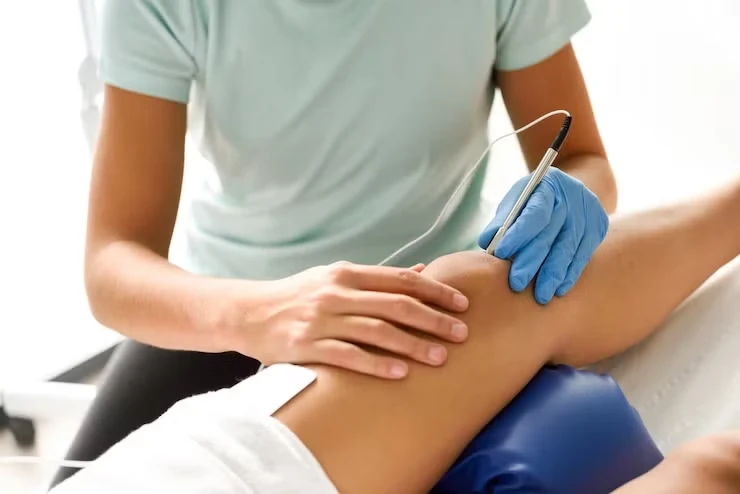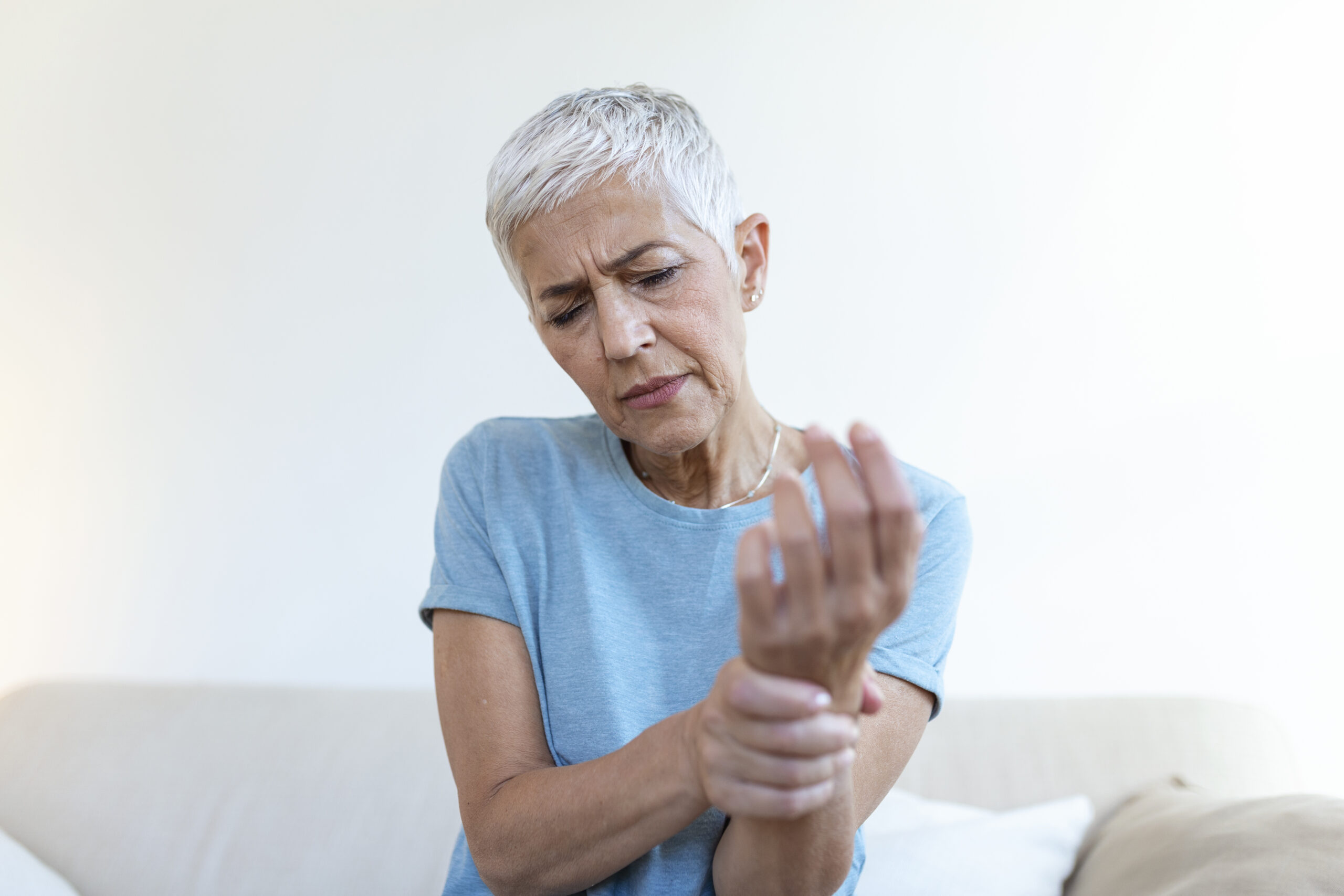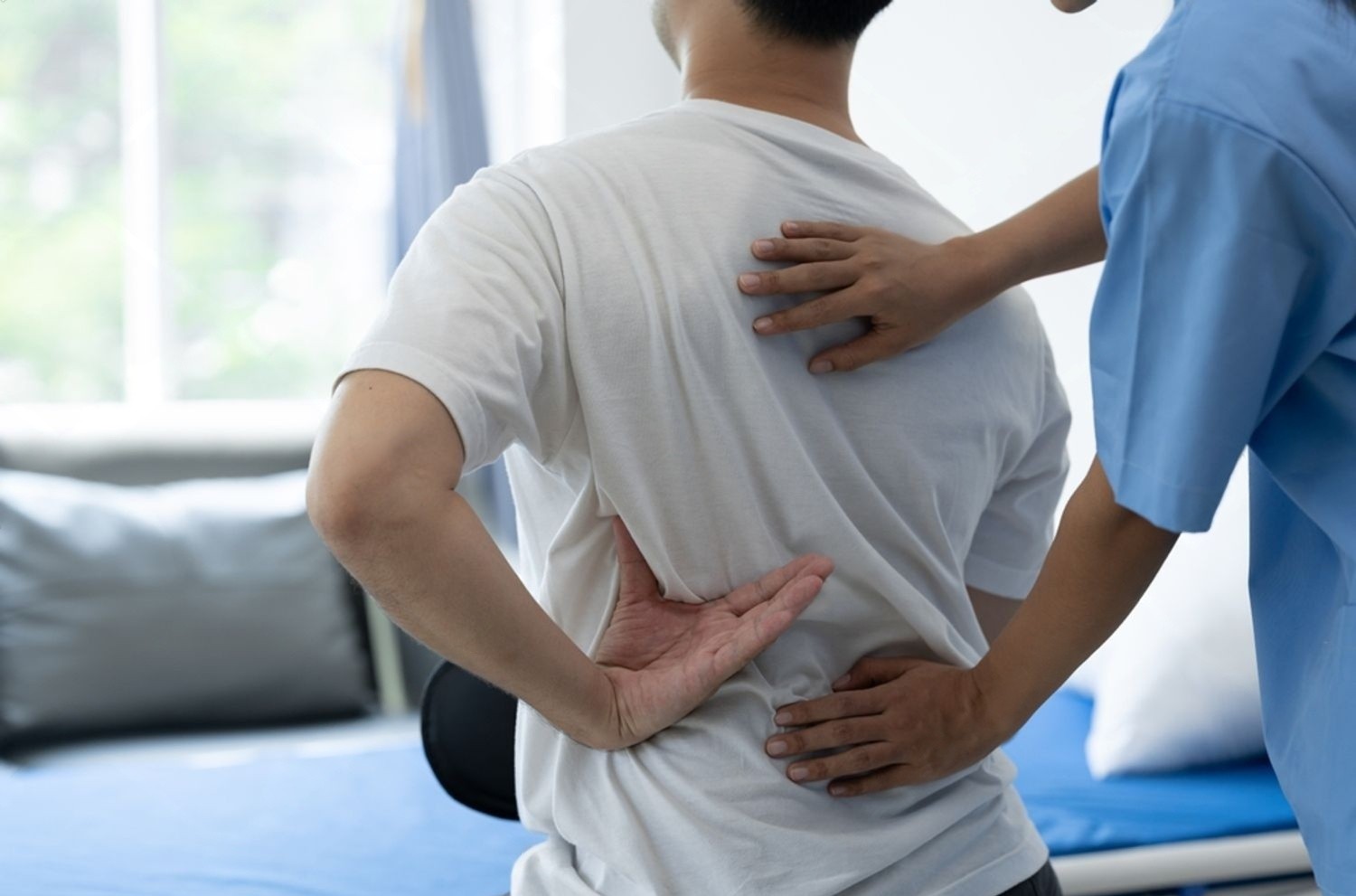Should you use a treadmill after a knee replacement?

Returning to physical activities after a knee replacement is tempting. But don’t just jump into it. Read to know if using a treadmill after a knee replacement is okay.
Recovering from knee replacement surgery is no easy feat. The surgery can relieve pain and restore normal functioning, but the recovery process is long. The average recovery time for knee replacements is approximately six months but can also take up to twelve months, depending on the severity of your condition.
It is normal to be impatient to resume your former physical activities, such as using a treadmill during the long recovery process.
But the question is: Are your knees ready yet to support treadmill exercise?
Let’s find out.
Is it okay to use a treadmill after a knee replacement?
Moderation is the key to recovery and staying fit after a knee replacement. Thus, if you choose to use a treadmill, use it at an optimum speed. It is highly recommended to use the treadmill after a thorough consultation with a physiotherapist. The physiotherapist is the right person to help you use the treadmill early in recovery.
Why use a treadmill after knee replacement surgery?
There are several exercises available to help you recover after knee replacement. But, none is as effective as treadmill exercises.
Why so?
The effectiveness of exercises relies on the amount of force they exert on your knees after the surgery. Treadmill exercises release approximately 2.05 times the force of your overall body weight. Simple walking on a treadmill generates less force than athletic activities or even walking on level ground.
So, all in all, the benefits of walking on a treadmill after a knee replacement surgery are:
-
Promotes faster recovery
Treadmill exercises strengthen your knee muscles and help you maintain an optimum weight. It is also a good way to benefit the heart and burn calories. Regular exercises on the treadmill help you build strength in your knees while improving flexibility. It has minimal impact on your healing knee, thereby facilitating faster recovery and rehabilitation.
-
Lets you track your progress
You and your physical therapist can keep a close eye on the progress of your health on an electronic treadmill. The therapist can set a consistent pace for you and check your progress after each session. Ultra-modern treadmills come with state-of-the-art features that help you track the time, calories you burnt, distance and heart rate.
-
Takes the pressure off your delicate knees post-surgery
After surgery, it is important to relax the knee muscles as much as possible. You can shift the support of some body weight to your arms using the rails of a treadmill. This removes the pressure off your knees, relaxing them after the surgery. Your therapist can recommend you use your arms less when you are ready to put weight on your knee.
A knee replacement surgery is one step towards reducing pain and better mobility. But it takes time to recover completely. Do not rush into hectic physical exercise, no matter how much you miss your old active life. Consult with a physiotherapist and use the treadmill accordingly to recover one step at a time.
Blog Categories
- Acupuncture Treatment (10)
- Ankle Sprain (1)
- Arthritis Treatment (1)
- Back Pain (23)
- Chiropractic Care (38)
- Tennis Elbow (1)
- Chronic Pain (5)
- COVID-19 (1)
- Custom Orthotics (6)
- Dizziness (4)
- Exercises (12)
- Foot Orthotics (6)
- Hamstring Stretches (2)
- Info Articles (3)
- Kids Injury (1)
- Laser Therapy (4)
- Massage Therapy (21)
- Neck Pain (16)
- Orthopedic (1)
- Osteoarthritis (5)
- Osteopathy (3)
- Pain Management (17)
- Physiotherapy Benefits (44)
- Physiotherapy Clinic (6)
- Physiotherapy Exercises (12)
- Physiotherapy Tips (25)
- Physiotherapy Treatment (100)
- Rotator Cuff (2)
- Shin Splints (1)
- Shoulder (2)
- Spine (4)
- Sports Physiotherapy (1)
- Uncategorized (1)
- Vestibular Physiotherapy (2)
- Work From Home (2)


